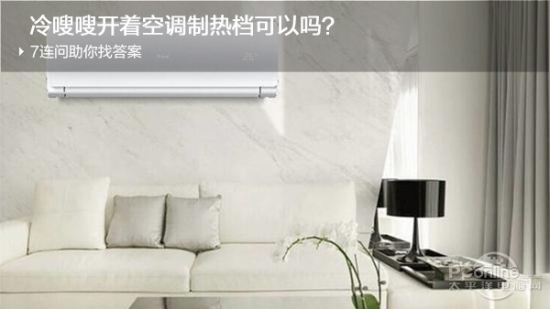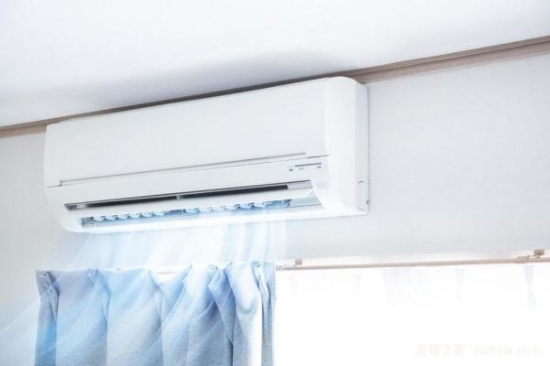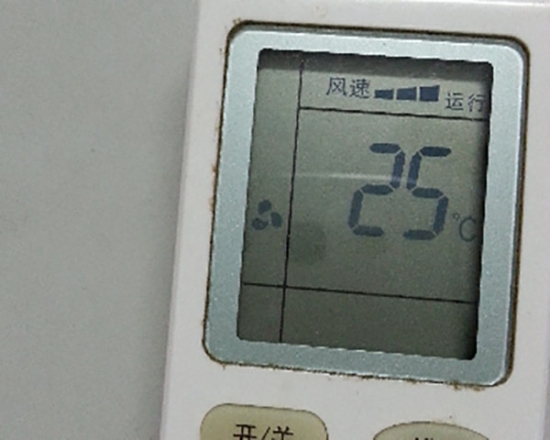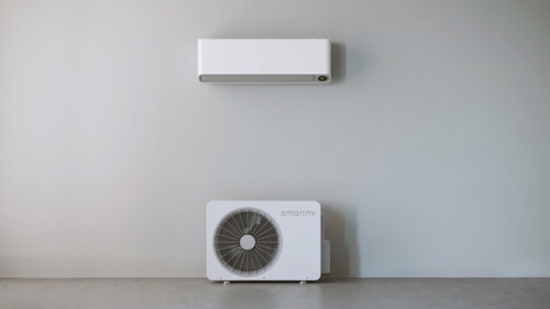About the problem of air conditioning heating? 7 even ask you to find the answer
In winter, when the cold wind blows, keeping warm has become a major concern for many. While most people are familiar with using air conditioners for cooling in summer, not everyone knows that they also have a heating function. However, there are often questions about how effective this heating is and why certain issues occur. Today, we’ll take a closer look at seven common concerns regarding air conditioner heating and provide some helpful insights.








Liquid Cooling Motor For Construction Machinery
liquid cooling motor for construction machinery
liquid cooling motor for construction machinery
Jiangsu Hengchi Motor Technology Co., Ltd , https://www.hcemotor.com